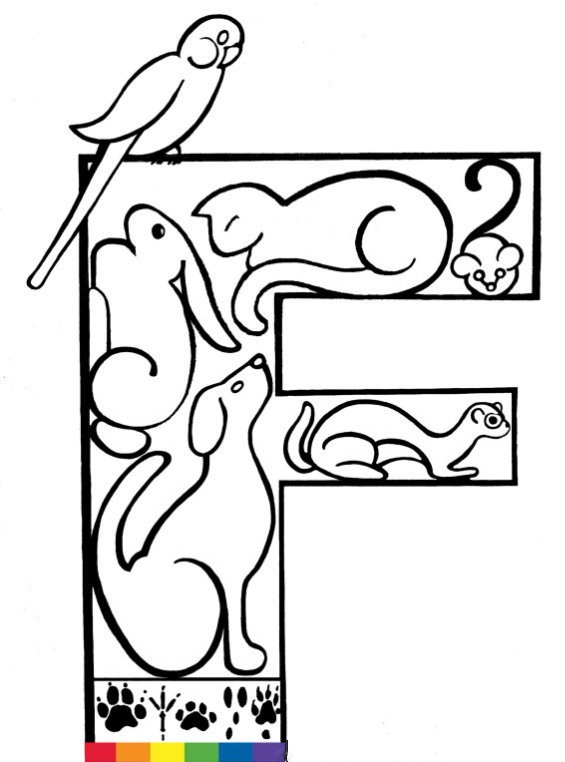Dental Anesthesia
(taken from American Animal Hospital Association – AAHA – information)
- Dental anesthesia is critical for a complete, thorough cleaning.
- An awake animal is unlikely to allow a veterinarian to poke around his/her mouth with sharp dental instruments safely.
- Dental X-rays should be taken prior to every dental cleaning (and after any extractions), and anesthesia is required to keep pets still.
- 60% of a tooth is below the gumline, so problems such as retained roots, root fractures, root abscesses, dead pulp, and periodontal disease only can be detected on radiographs.
- A complete dental cleaning involves tartar scaling above and below the gums, and polishing, which can be uncomfortable.
- Most patients will not hold still for tartar removal, which involves poking, prodding, bright lights, and sharp instruments.
- Many pets hide painful dental problems and a proper dental cleaning can hurt sensitive teeth.
- Anesthesia allows your pet to rest pain-free throughout the procedure, even when painful treatments, such as tooth extractions, are necessary.
- Precautions such as a thorough preanesthetic evaluation, safe medications and techniques, and anesthetic monitoring make anesthesia safe for most pets.
- Prior to anesthesia, a thorough physical exam and blood tests will be performed. Patient evaluation allows the veterinarian to customize the safest plan for your pet. If there are questions about heart function, an ECG may be recommended.
- Sedation will be administered before anesthesia to relax your pet and relieve any anxiety. About 20 minutes later, your pet will be anesthetized. (S)He will become unconscious and completely unaware of what is happening, will feel no pain, and will have no memory of the procedure.
- An intravenous catheter should be placed and balanced fluids administered – these will help correct or prevent dehydration, help maintain blood pressure and circulation, and often prevents mental confusion post-operatively.
- A breathing tube, endotracheal tube, will be placed in your pet for airway protection and oxygen administration mixed with the anesthetic gas, which (s)he will receive throughout the procedure to ensure his/her blood stays oxygenated.
- Each pet is closely monitored to ensure adequate cardiovascular and respiratory function.
- Most pets recover from anesthesia 15 to 20 minutes after the procedure. They then rest comfortably in a kennel for a few hours for continued monitoring and fluids, then usually go home the same day.
- With proper precautions, dental anesthesia is safe as well as necessary. All pets should receive the important dental care they need to live the healthy, pain-free life they deserve.
- Having infected teeth and/or gums causing pain and showering the blood stream with infectious agents (bacteria especially) can cause heart valve disease, kidney infections/failure, liver disease and other systemic complications.

